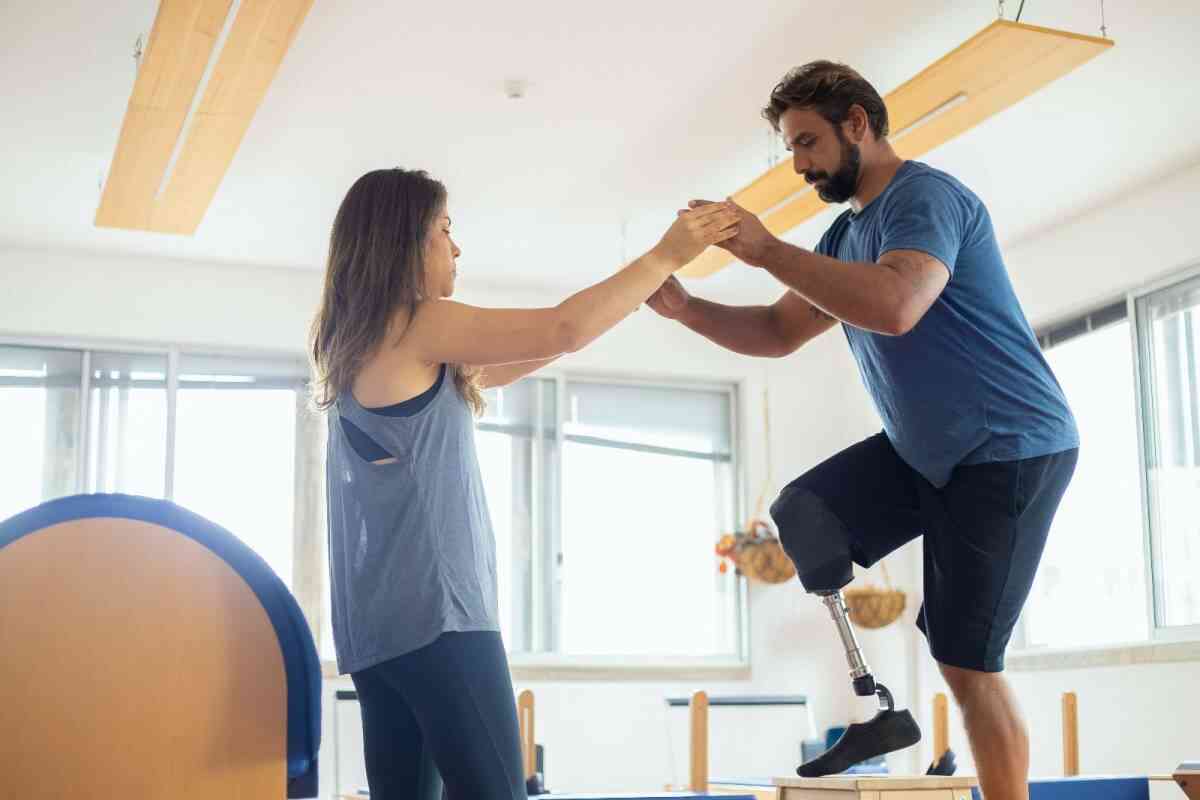Why Physical Therapy Is Important After a Stroke
- - Category: Diseases & Conditions
- - 06 Sep, 2022
- - Views: 498
- Save

Movement is an important part of stroke recovery. Here is why PT is important after having a stroke.
After a stroke, many survivors are left with lingering effects. These can include weakness, reduced range of motion, and changes in sensation. In some cases, these effects can be mild and require little intervention. However, in other cases, they can be more severe and significantly impact the quality of life. Rehabilitation therapy, also known as physical therapy, is an effective treatment for stroke survivors of all levels of severity. Here are the main reasons why:
1. Improves Movement and Coordination
After a stroke, it is common for patients to experience paralysis or weakness on one side of the body. Physical therapy can help to improve movement and coordination by working the affected muscles and retraining them to function properly. In addition, physical therapy can help stretch and strengthen the muscles, leading to improved mobility and reduced pain.
2. Reduces Risk of Future Strokes
While there is no guarantee that a person will never have another stroke, you can take steps to reduce the risk. One of these is physical therapy. Physical therapy can help to improve cardiovascular health and increase blood flow to the brain. In addition, physical therapy can help to improve balance and reduce the risk of falls. These benefits can all lead to a reduced risk of future strokes.
3. Improves Breathing
Breathing is an important part of stroke rehabilitation. After a stroke, many people have difficulty breathing and need to relearn how to do it correctly. Physical therapy can help improve your breathing and prevent complications such as pneumonia.
Physical therapy stroke exercises are designed to improve your strength, flexibility, and range of motion. They can also help increase your endurance and reduce your risk of falling. Therapy can even help you regain some of the skills you lost after a stroke, such as the ability to walk or dress. In addition, stroke survivors who participate in physical therapy are less likely to experience depression and anxiety.
4. Improves Quality of Life
After a stroke, patients must focus on regaining as much independence as possible. Physical therapy can help in this regard by improving strength, stamina, and mobility. In addition, physical therapy can help to relieve pain and improve the range of motion. These factors can all lead to an improved quality of life for stroke survivors.
5. Prevents Falls
Falls are a common complication after a stroke. One in three stroke survivors will fall within the first year after their stroke. Physical therapy can help to reduce the risk of falls by improving balance and coordination. In addition, physical therapy can help to strengthen the muscles, which can lead to improved stability.
6. Improves Cognitive Function
After a stroke, many survivors experience changes in their cognitive function. This can include problems with memory, attention, and decision-making. Physical therapy can help to improve these functions by exercises that challenge the brain and promote new neural connections.
7. Provides Support and Education
In addition to the physical benefits of therapy, patients also benefit from the support and education they receive from their therapists. Therapists can provide valuable information about stroke recovery, living with disabilities, and resources for support. They can also offer emotional support to help patients cope with the challenges of stroke recovery.
8. Improves Mobility
After a stroke, it is common for people to lose some mobility. Physical therapy can help to improve mobility by working on a range of motion exercises. These exercises help to increase flexibility and reduce stiffness in the affected joints. In addition, physical therapy can also help to improve stamina and endurance so that people can better perform activities of daily living.
9. Improves Functional Ability
One of the most important goals of physical therapy after a stroke is to help people regain their functional ability. This means helping people be able to perform activities of daily living, such as dressing, bathing, and eating. Physical therapy can help by teaching new skills and methods for performing these tasks. In addition, physical therapy can also help by making changes in the home environment, such as installing grab bars or modifying furniture.
Conclusion
Physical therapy can be an important part of stroke recovery. It can help to improve strength, mobility, and functional ability. In addition, physical therapy can also help to reduce the risk of falls and improve cognitive function. For these reasons, stroke survivors need to participate in physical therapy.


